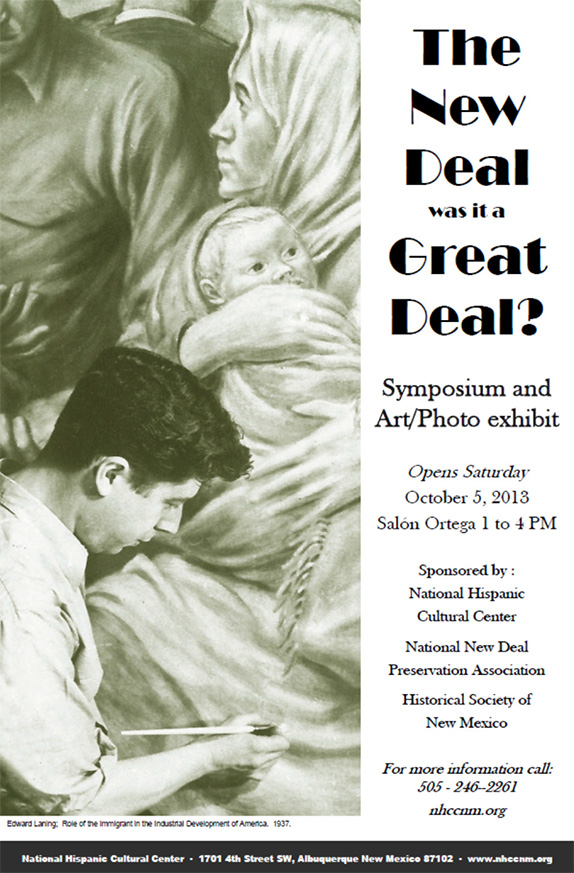The New Deal lasted only a decade. But in that decade thousands of bridges in the country were refurbished or built new; thousands of miles of roads were built, hundreds of post offices, schools and community centers were built or festooned with New Deal art provided by unemployed artists, many products of the nation’s best art institutions.
Some of our national icons were completed during the period like the Golden Gate Bridge and Hoover Dam. Three million young men worked in Civilian Conservation Camps, many living outside their communities for the first time. They helped to construct or improve over 800 state parks, built nearly 47.000 bridges and planted nearly 3 billion trees. In the process, they became acculturated to a more diverse population than they had ever known. They received $30 monthly, $25 of which went to their families and in many cases kept those families afloat.
Often the CCC mitigated a rise in juvenile delinquency nationwide. In New Mexico WPA projects received inordinate support compared to other states because of the political influence of Governor Clyde Tingley and Senator Dennis Chavez who competed to see who could get the most out of Democratic president Franklin Delano Roosevelt.
This Saturday at the National Hispanic Cultural Center hosts “The New Deal Was it a Great Deal?,” a symposium and art/photo exhibit. Dr. Richard Melzer, professor of history at UNM Valencia Campus will discuss his book on the same subject, Coming of Age in the Great Depression. Kathy Flynn will address the arts programs while Lucinda Lucero Sachs and John Cordova will address the roles of Tingely and Chavez respectively.
View the event press release.
View the bulletin for the National New Deal Preservation Association which also contains information on the event.




Responses to “The New Deal Revisited in Symposium and Exhibit (This Saturday)”